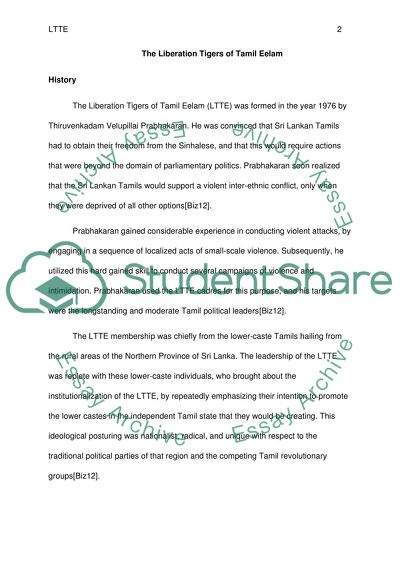Cite this document
(“Terrorism Term Paper Example | Topics and Well Written Essays - 2500 words”, n.d.)
Terrorism Term Paper Example | Topics and Well Written Essays - 2500 words. Retrieved from https://studentshare.org/social-science/1664182-terrorism
Terrorism Term Paper Example | Topics and Well Written Essays - 2500 words. Retrieved from https://studentshare.org/social-science/1664182-terrorism
(Terrorism Term Paper Example | Topics and Well Written Essays - 2500 Words)
Terrorism Term Paper Example | Topics and Well Written Essays - 2500 Words. https://studentshare.org/social-science/1664182-terrorism.
Terrorism Term Paper Example | Topics and Well Written Essays - 2500 Words. https://studentshare.org/social-science/1664182-terrorism.
“Terrorism Term Paper Example | Topics and Well Written Essays - 2500 Words”, n.d. https://studentshare.org/social-science/1664182-terrorism.


